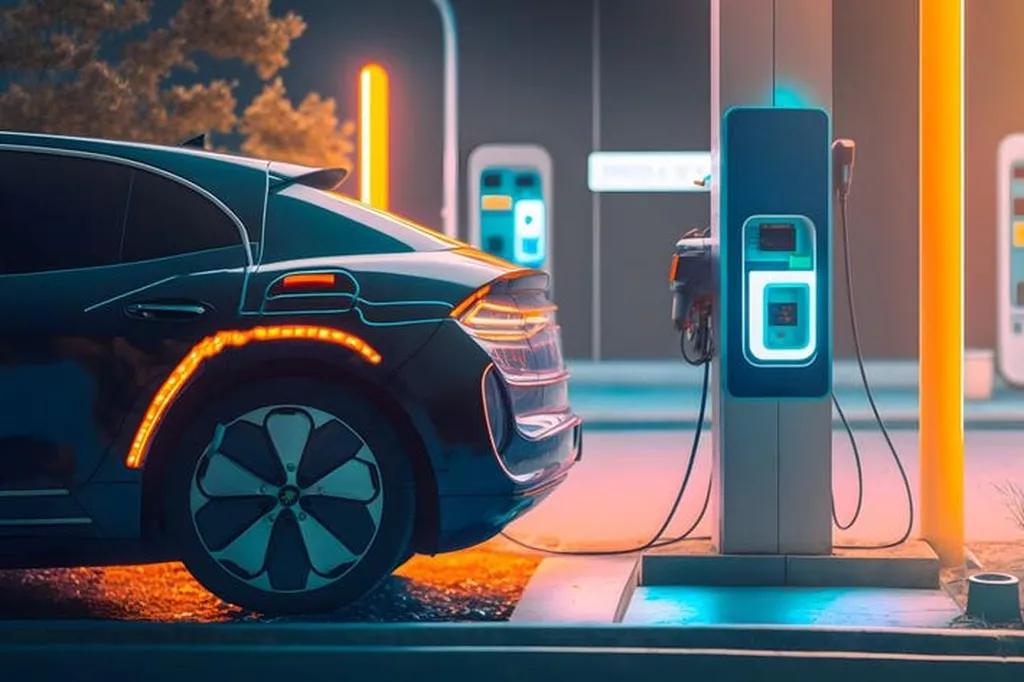In a groundbreaking study published in the journal *Energy Conversion and Management: X* (translated from Persian as “Energy Conversion and Management: X”), researchers have explored the potential of 3D printing technology to revolutionize the construction industry, offering a path to significantly reduce energy consumption and carbon emissions. The study, led by Mohammad Ali Nasle Seraji from the Department of Environment and Energy Engineering at the Science and Research Branch of Islamic Azad University in Tehran, Iran, compares three scenarios for constructing buildings with 3D-printed envelopes, highlighting the benefits of this innovative approach.
The building sector is a major energy consumer, accounting for about 29% of global energy use. Optimizing and reducing energy consumption in this sector is not just beneficial but essential. Seraji’s research delves into the feasibility of using 3D printing technology as a more sustainable alternative to traditional construction methods. The study reveals that 3D printing requires less energy and time to construct buildings and reduces energy consumption during the operation phase, particularly in scenarios that incorporate phase change materials (PCMs).
“Our findings demonstrate that 3D printing technology can significantly cut down on energy use and construction time,” Seraji explained. “Moreover, the environmental impact of 3D-printed cement is more favorable compared to traditional Portland cement, indicating a cleaner and greener construction process.”
The study also conducted a life cycle assessment (LCA) of the three scenarios, examining their environmental impacts from cradle to grave. The results showed that 3D printing technology not only reduces energy consumption during the construction phase but also lowers carbon dioxide emissions by three times compared to conventional methods. This reduction in emissions is a game-changer for the energy sector, offering a more sustainable and eco-friendly approach to building construction.
The effectiveness of PCMs in reducing energy consumption was found to be highly dependent on the climate of the case study. This finding underscores the importance of tailoring construction methods to specific environmental conditions to maximize energy efficiency.
The commercial implications of this research are profound. As the world increasingly prioritizes sustainability and energy efficiency, the construction industry stands to benefit greatly from the adoption of 3D printing technology. The reduced energy consumption and lower carbon emissions associated with this method can lead to significant cost savings and a smaller environmental footprint for construction projects.
“This research opens up new possibilities for the construction industry,” Seraji noted. “By embracing 3D printing technology, we can build more efficiently and sustainably, contributing to a greener future.”
The study’s findings are a call to action for the construction industry to explore and adopt 3D printing technology. As the world continues to grapple with the challenges of climate change and energy efficiency, innovative solutions like those presented in this research are crucial for shaping a more sustainable future. The research published in *Energy Conversion and Management: X* serves as a beacon of hope, illustrating the potential of 3D printing to transform the construction landscape and pave the way for a more energy-efficient and eco-friendly built environment.

